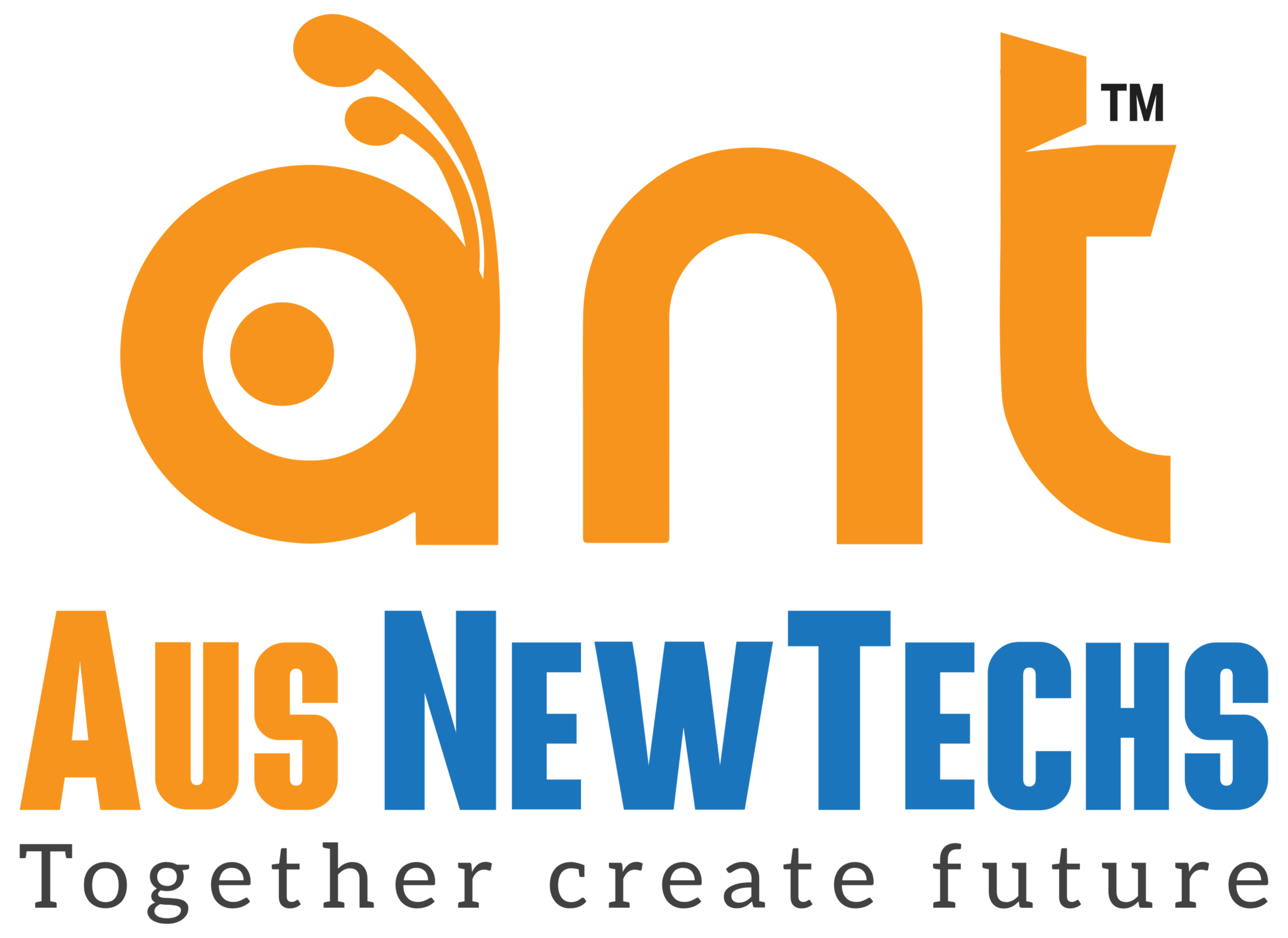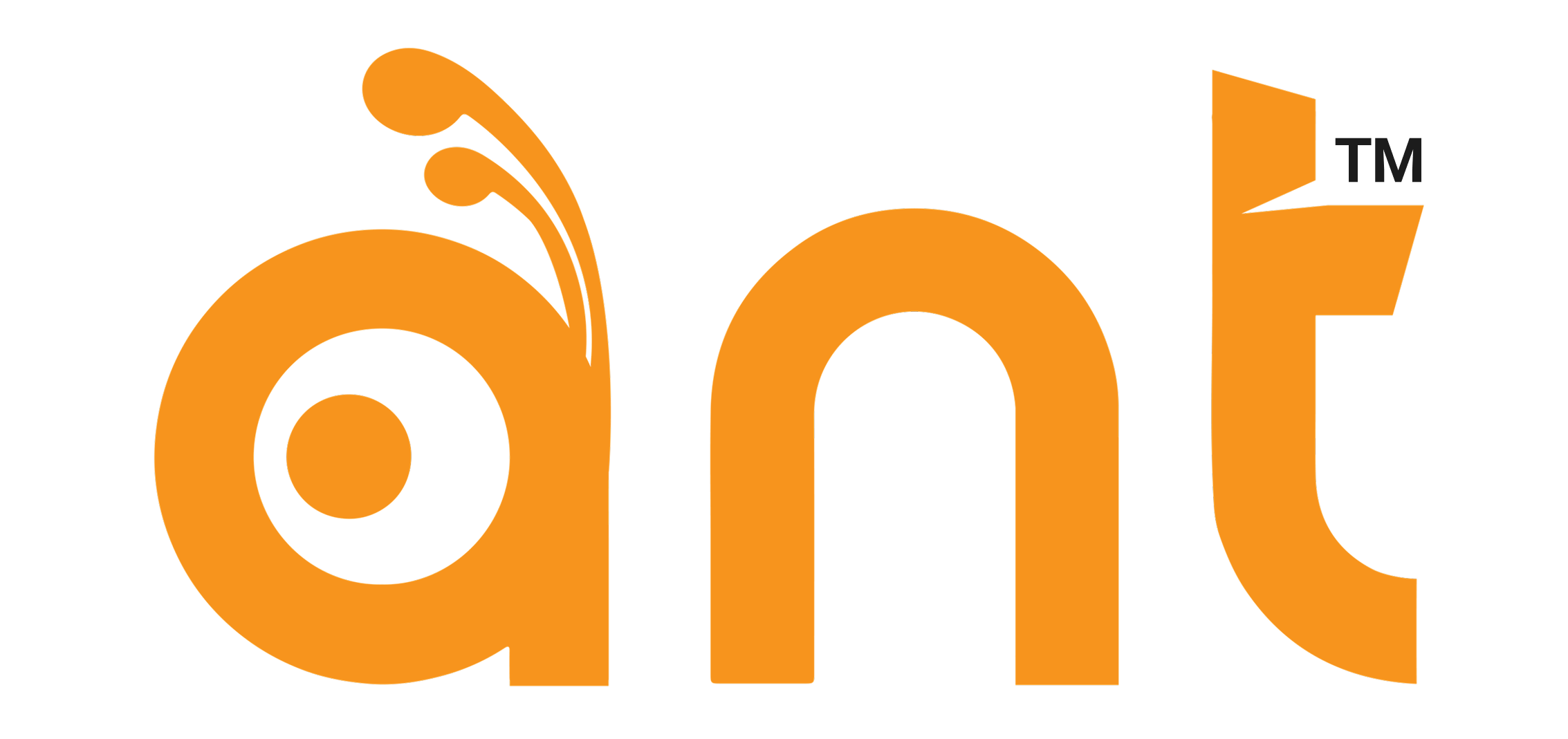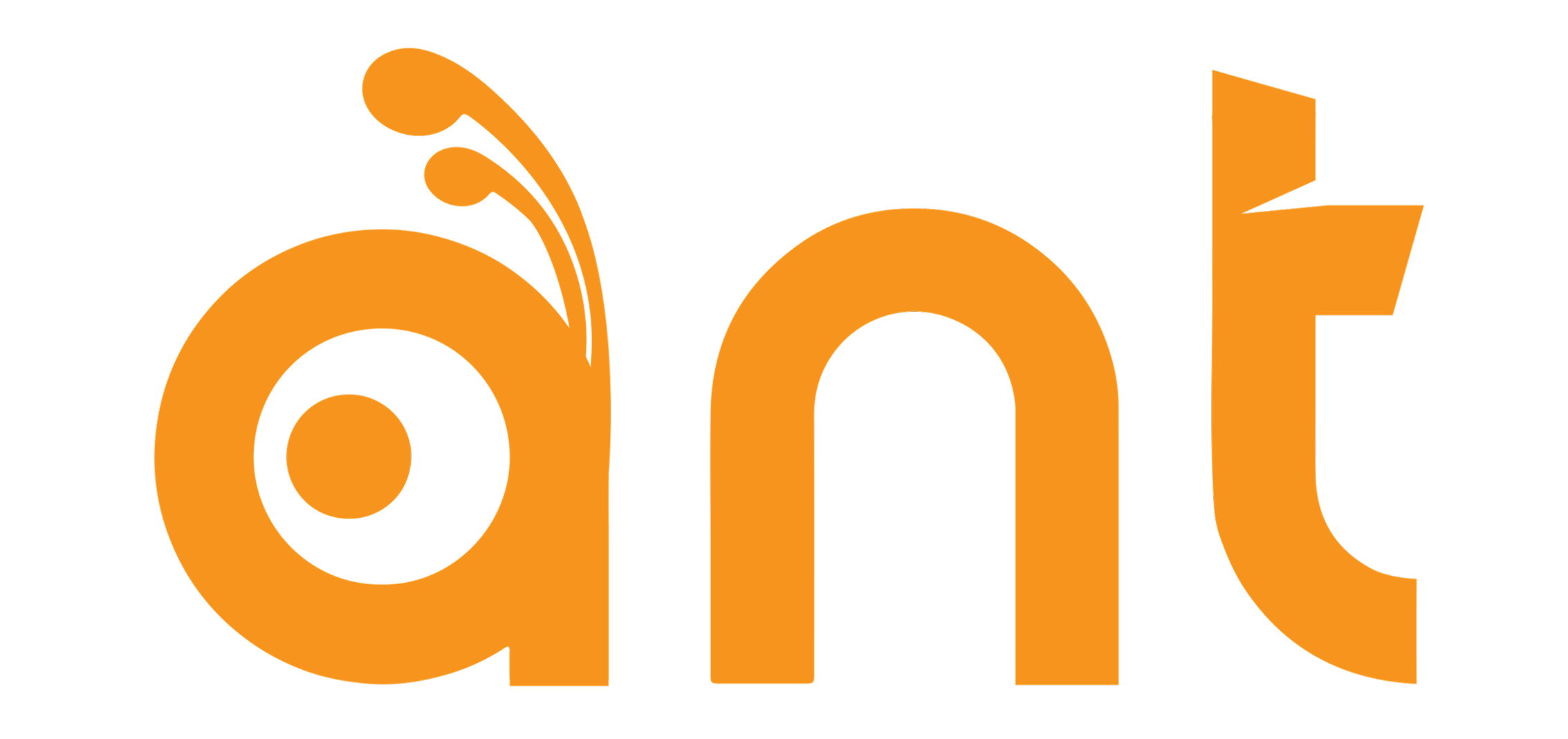In 2025, Google Cloud has solidified artificial intelligence (AI) as the foundation of its cloud infrastructure, developer tools, data platforms, and enterprise workflows. By integrating custom silicon, generative AI models, multi-agent systems, partner tooling, and global deployment architectures, Google Cloud is positioning itself as an “AI-first” cloud provider. This blog post, brought to you by AusNewTechs, examines Google Cloud’s AI initiatives, their implications for businesses, especially small and medium enterprises (SMEs), and strategic considerations for technology teams navigating an AI-driven landscape.
- Why Google Cloud Is Betting Big on AI Tooling Now
1.1 The AI Arms Race in Cloud Computing
Leading cloud providers, Amazon AWS, Microsoft Azure, and Google Cloud, are fiercely competing to deliver advanced, autonomous, and agentic systems that streamline operations and enable rapid AI-powered automation. Google Cloud envisions developers evolving into “AI supervisors” rather than traditional coders, a perspective highlighted in industry analyses (ADTmag; The Economic Times).
By embedding generative AI models, agents, and inference-optimized silicon into its stack, Google Cloud offers a cohesive “AI fabric” that surpasses general-purpose virtual machine or GPU rentals. At AusNewTechs, we recognize this shift as a transformative opportunity for businesses to leverage AI for competitive advantage. Explore our Cloud Services to learn how we help clients harness these advancements.
1.2 Enterprise Demand for AI: From Experimentation to Deployment
Enterprises are transitioning from AI experimentation to operational deployment. Google Cloud reports surging adoption, with Vertex AI usage growing, Gemini models gaining enterprise traction, and AI agents becoming integral to workflows (The Economic Times; Capacity Media; Google Cloud Press Corner).
Businesses increasingly demand robust data governance, on-premises or air-gapped AI deployments, enterprise-grade security, and low-latency global connectivity. Google Cloud’s comprehensive response aligns with these needs, driven by customer expectations and competitive dynamics. Our AI Solutions at AusNewTechs can help you navigate these requirements seamlessly.
- The Building Blocks: Silicon, Models, Infrastructure, Agents, and Tools
Google Cloud’s AI strategy spans five critical areas:
2.1 Custom Silicon for Inference: The Ironwood TPU
At Google Cloud Next 2025, Google unveiled its seventh-generation Tensor Processing Unit (TPU), codenamed Ironwood (ADTmag; Unite.AI; Wikipedia). Key features include:
- Up to 9,216 TPU chips per pod, delivering 42.5 exaflops of FP8 performance (ADTmag; Unite.AI).
- Optimization for large-scale inference workloads, enabling faster and more cost-efficient model serving (ADTmag; The Economic Times).
- Approximately 10× performance improvement over previous TPU generations (ADTmag; Wikipedia).
This vertical integration optimizes cost, latency, and scalability, benefiting enterprises with real-time, multimodal AI needs. Learn how AusNewTechs’ AI Optimization Services can leverage such infrastructure for your business.
2.2 A Rich Multimodal Model Portfolio
Google Cloud complements its hardware with a robust suite of multimodal generative AI models:
- Gemini 2.5 (and Flash variants) is available in Vertex AI, offering enterprises access to Google’s flagship large-language and multimodal AI (Google Cloud; The Economic Times).
- Generative media models, Imagen, Veo, Chirp, Lyria, are integrated into Vertex AI Media Studio, supporting image, video, audio, and voice generation use cases (Google Cloud; Capacity Media).
These models enable businesses to build seamless AI applications across multiple modalities. Discover how we implement these tools in our Case Studies.
2.3 Global Network and Deployment Flexibility
Google Cloud leverages its global private fiber network and Cloud Wide Area Network (Cloud WAN) services to support low-latency, distributed AI workloads (ADTmag; TNGlobal). Enterprises with data residency or regulatory needs can run Gemini models on Google Distributed Cloud (GDC) in air-gapped or connected environments, such as in Singapore (TNGlobal).
This ensures secure, compliant, and responsive AI deployments. Our Cloud Deployment Solutions can help you achieve similar flexibility.
2.4 Agentic AI: ADK, A2A, and a Marketplace of AI Agents
Google Cloud is advancing agentic systems, AI agents that operate autonomously and coordinate effectively. Key developments include:
- Agent Development Kit (ADK): An open-source framework for building sophisticated AI agents in under 100 lines of code (ADTmag; blog.google).
- Agent2Agent (A2A) Protocol: Enables agent communication, adopted by over 50 enterprises, including Deloitte and SAP (ADTmag; blog.google).
- AI Agent Marketplace: Facilitates browsing and adapting prebuilt agents (blog.google; Google Cloud).
- New AI Agents: Six agents in preview, including Data Engineering Agent and Conversational Analytics Agent (CRN).
These advancements support end-to-end automation, reducing human intervention. Read more about agentic AI in our AI Automation Blog.
2.5 Developer Experience and Partner Tooling
Google Cloud enhances developer and partner experiences with:
- Google AI Studio: A prototyping environment with a free tier and seamless transition to Vertex AI (Google Cloud; Wikipedia).
- Free-Usage Tiers: Available for APIs like translation and speech-to-text, with $300 in free credits for new Vertex AI customers (Google Cloud).
- SOW Analyzer Tool: A Gemini-based tool for partners to draft and refine statements of work (Google Cloud).
- Resources and Guides: Regular AI blog updates, best practices, and startup-oriented reports (Google Cloud; Capacity Media).
These tools lower barriers for AI adoption. Our Enterprise AI Guide offers additional insights for scaling AI projects.
- Implications for Businesses and SMEs
Google Cloud’s AI strategy presents significant opportunities for SMEs and tech teams:
3.1 Faster Development Cycles and Automation Supervisors
AI agents built with ADK can streamline development cycles, enabling developers to focus on oversight logic (ADTmag). SMEs can achieve faster MVPs and reduce staffing costs, as discussed in our SME Technology Blog.
3.2 AI-Enabled Workflows with Lower Technical Friction
Free tiers and tools, such as Google AI Studio, enable SMEs to experiment with AI, scale to Vertex AI, and leverage prebuilt agents (Google Cloud). This reduces the need for deep ML expertise, aligning with our AI Consulting Services.
3.3 Enhanced Control, Governance, and Latency
Ironwood TPUs, Google Distributed Cloud, and Cloud WAN address latency, governance, and compliance needs, enabling secure AI deployments in regulated sectors (TNGlobal). Our Compliance Solutions can further support these efforts.
3.4 The Rise of AI-Native Enterprises
Google Cloud’s tools empower “AI-native” enterprises to deliver personalized experiences, automate workflows, and adapt quickly, providing a competitive edge. See how we’ve helped clients become AI-native in our Case Studies.
- Challenges and Risks
4.1 Over-Automation and Hallucination Risk
AI agents may misinterpret prompts or produce unintended outputs, requiring robust monitoring and human-in-the-loop checkpoints. Our AI Monitoring Solutions can help mitigate these risks.
4.2 Infrastructure Cost and Unexpected Scale
Generative AI workloads can escalate costs. Careful capacity planning and cost monitoring are critical to avoid budget overruns.
4.3 Data Governance, Sovereignty, and Compliance
Enterprises must ensure Google Cloud’s deployment options meet regulatory requirements for sensitive data. Our Data Governance Services provide tailored support.
4.4 Vendor Lock-In vs. Flexibility
Google Cloud’s integrated stack may limit multi-cloud flexibility. Open-source frameworks like ADK help, but strategic evaluation is essential, as outlined in our Multi-Cloud Strategy Blog.
4.5 Skill Gaps and Operational Maturity
Adopting AI requires skills in prompt engineering, MLOps, and monitoring. Our AI Training Programs can bridge these gaps.
- Strategic Recommendations for SMEs and Tech Teams
5.1 Start with Prototyping in Low-Risk Environments
Use Google AI Studio or Vertex AI free tiers to prototype workflows like automated summarization or conversational agents (Google Cloud). Our AI Prototyping Services can accelerate this process.
5.2 Identify High-Leverage Agentic Workflows
Focus on semi-structured workflows, such as customer inquiry triage, using Google’s ADK (Google Cloud). Learn more in our AI Automation Blog.
5.3 Monitor Cost, Latency, and Drift
Track compute usage, monitor latency, and establish review cycles to ensure agent performance. Our AI Monitoring Solutions offer robust tools for this purpose.
5.4 Plan for Hybrid Deployment
Explore Google Distributed Cloud for air-gapped or connected deployments to meet regulatory needs (TNGlobal). Our Cloud Deployment Solutions offer expert guidance.
5.5 Leverage Partner Tooling and Resources
Use prebuilt agents and Google’s best practice guides to accelerate development (Google Cloud; blog.google). Our Enterprise AI Guide complements these resources.
- Conclusion
Google Cloud’s 2025 strategy embeds AI across its stack, from silicon to agentic systems, enabling AI-native enterprises. For SMEs and tech teams, thoughtful adoption, starting with prototypes, focusing on high-leverage workflows, and managing costs and governance, offers significant opportunities to boost productivity and competitiveness. Ignoring this shift risks falling behind in an automated world.
For tailored guidance, explore our AI Solutions, read our Cloud Computing Blog, or download our Enterprise AI Guide. Contact AusNewTechs to accelerate your AI journey.


